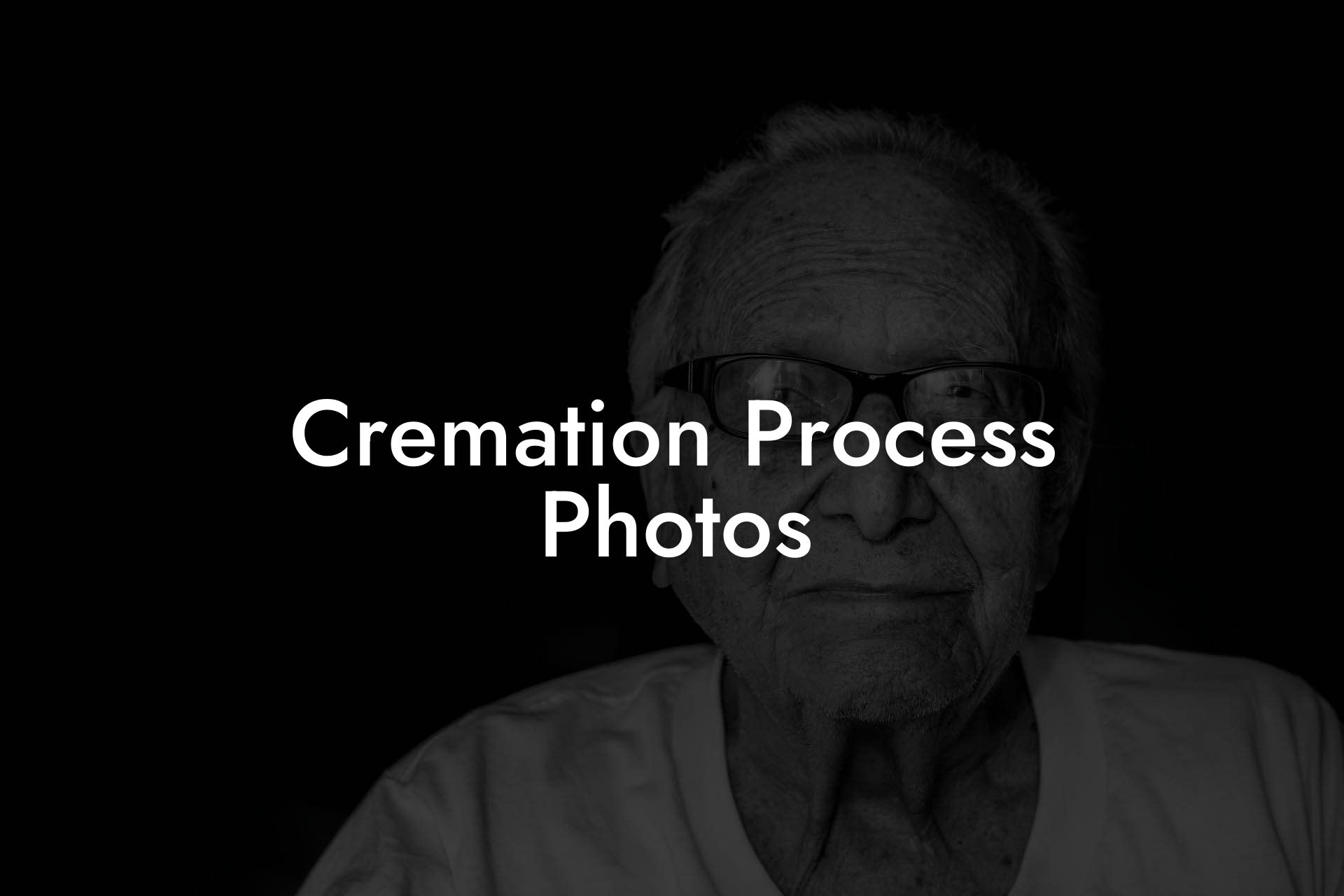Imagine saying goodbye to your loved one in a way that's both personal and environmentally friendly. Welcome to the world of cremation, where the traditional funeral process meets modern innovation and sustainability. Whether you're planning ahead or navigating the loss of a loved one, this comprehensive guide will walk you through the cremation process, step by step, and explore the various options available to you.
We know how hard that can feel. You are sorting through precious memories, searching for the right words, and trying to hold it together when it is time to speak. It is a lot to carry.
That is why we created a simple step by step eulogy writing guide. It gently walks you through what to include, how to shape your thoughts, and how to feel more prepared when the moment comes. → Find Out More
Quick Links to Useful Sections
What is Cremation, and How Does it Work?
Cremation is a process that reduces a deceased person's body to its basic elements, leaving behind a container of ashes, also known as cremated remains. This process involves high-temperature burning, usually between 1400°C to 1800°C, which breaks down the body into its constituent parts.
The cremation process typically takes around 2-3 hours, depending on the size and weight of the body. The resulting ashes are then collected and processed into a fine powder, which can be stored in an urn or container for final disposition.
The Cremation Process: A Step-by-Step Guide
Here's a detailed look at what happens during the cremation process:
- Preparation: The body is prepared for cremation by removing any medical devices, such as pacemakers, and dressing the body in a cremation-approved container or casket.
- Identification: The body is identified and verified to ensure that the correct person is being cremated.
- Cremation Chamber: The body is placed in a cremation chamber, also known as a retort, where it is exposed to high temperatures.
- Burning Process: The body is burned at high temperatures, usually between 1400°C to 1800°C, for 2-3 hours.
- Cooling: After the burning process, the ashes are allowed to cool before being processed.
- Processing: The ashes are processed into a fine powder using a machine called a cremulator.
- Return of Ashes: The cremated remains are returned to the family in an urn or container.
Cremation Options: What to Expect
There are several cremation options to choose from, each with its own unique characteristics and benefits:
- Traditional Cremation: This is the most common type of cremation, where the body is cremated in a casket or container.
- Direct Cremation: This type of cremation skips the funeral service and embalming process, going straight to cremation.
- Green Cremation: Also known as alkaline hydrolysis, this process uses a water-based solution to break down the body, reducing the environmental impact.
- This type of cremation allows families to care for their loved one at home, often with the help of a funeral director or home funeral guide.
Cremation Costs: What to Expect
The cost of cremation varies depending on the type of cremation, location, and services chosen. Here are some estimated costs:
- Traditional Cremation: $1,500 - $3,000
- Direct Cremation: $1,000 - $2,000
- Green Cremation: $2,000 - $4,000
- Home Funeral: $1,000 - $3,000
Keep in mind that these costs are estimates and may vary depending on your location and the funeral home or crematorium you choose.
Cremation Urns and Memorialization
Once the cremation process is complete, you'll need to decide what to do with the ashes. Here are some options:
- Urn Selection: Choose from a variety of urns, ranging from traditional to modern designs, to store the ashes.
- Burial: Bury the ashes in a cemetery or memorial garden.
- Scattering: Scatter the ashes in a special location, such as a park, beach, or mountain.
- Tree Planting: Plant a tree in memory of your loved one, using the ashes as fertilizer.
Frequently Asked Questions About Cremation
Here are some common questions about cremation:
1. Is cremation a popular choice?
Yes, cremation is becoming increasingly popular, with over 50% of Americans choosing cremation over traditional burial.
2. Is cremation environmentally friendly?
Cremation can be an environmentally friendly option, especially when compared to traditional burial. However, the environmental impact of cremation depends on the type of cremation and the materials used.
3. Can I still have a funeral service with cremation?
Yes, you can still have a funeral service with cremation. Many families choose to hold a memorial service or celebration of life after the cremation process.
4. How do I know the ashes are really my loved one's?
Crematories use a system of identification and tracking to ensure that the ashes returned to you are indeed those of your loved one.
Resources and Community Support: Your Next Steps
If you're considering cremation or have already chosen this option, here are some resources to help you navigate the process:
- National Funeral Directors Association (NFDA): A professional organization that provides resources and guidance on funeral planning and cremation.
- International Cemetery, Cremation and Funeral Association (ICCFA): A trade association that provides information on cremation and funeral options.
- Cremation Association of North America (CANA): A professional organization that provides education and resources on cremation.
Remember, you're not alone in this journey. Reach out to friends, family, or a support group for guidance and comfort.

